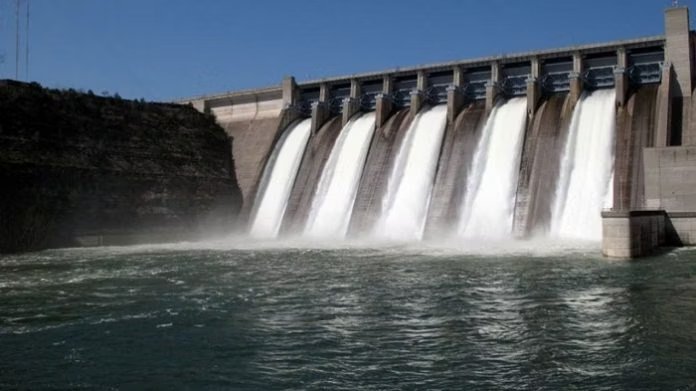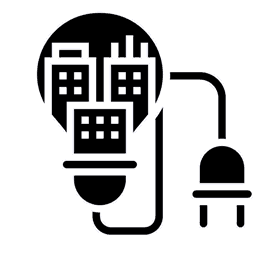 |
Hydropower:
|
| Hari Srinivas | |
| One-Pager Series C-073 |
As the global transition toward renewable energy accelerates, hydropower has remained one of the most reliable and widely used sources of sustainable electricity. Hydropower, or hydroelectric power, harnesses the kinetic energy of flowing or falling water to generate electricity. This clean energy source plays a significant role in reducing dependence on fossil fuels, mitigating greenhouse gas emissions, and providing a stable electricity supply.
Hydropower Systems
Hydropower generates electricity by converting the energy of moving water into mechanical energy and then into electrical energy.
The most common types of hydropower systems include:
- Reservoir-based (Storage) Hydropower: Water is stored in large dams and released to drive turbines when electricity demand is high.
- Run-of-the-River Hydropower: Utilizes the natural flow of rivers without large reservoirs, minimizing environmental impact.
- Pumped Storage Hydropower: Stores excess electricity by pumping water to a higher elevation and releasing it to generate power when needed.
- Micro and Small Hydropower: Small-scale systems designed for local or off-grid use.
- Hydropower - The process of generating electricity by utilizing the energy of moving or falling water.
- Hydroelectric Dam - A large structure that stores water in a reservoir and controls its release to generate electricity.
- Turbine - A machine that converts the energy of moving water into mechanical energy, which is then used to generate electricity.
- Pumped Storage - A method of storing excess electricity by pumping water to a higher elevation for later use.
- Run-of-the-River - A hydropower system that operates without significant water storage, relying on the natural flow of rivers.
Hydropower offers several advantages as a renewable energy source. It provides a consistent and reliable energy supply since water flow can be regulated, making it a dependable power source compared to intermittent renewables like wind and solar. Additionally, hydropower plants produce zero direct emissions, contributing to global efforts to reduce greenhouse gas emissions.
Hydropower also serves as a long-term energy investment, with many plants operating for decades with minimal operational costs. Moreover, hydropower facilities provide water management benefits, including flood control, irrigation support, and recreational opportunities.
Challenges of Hydropower
Despite its benefits, hydropower comes with challenges. The construction of large dams can lead to environmental and social impacts, such as habitat disruption, displacement of communities, and changes in river ecosystems. Additionally, hydropower generation is susceptible to climate change effects, including droughts and changing precipitation patterns, which can impact water availability.
Hydropower continues to be a crucial component of the global renewable energy mix, providing a clean and efficient source of electricity. Advances in fish-friendly turbines, sediment management, and small-scale hydropower solutions are helping to address environmental concerns while enhancing the efficiency and sustainability of hydropower technology.
|
|
 |
Return to the Bio Energy pages Contact: Hari Srinivas - hsrinivas@gdrc.org |
